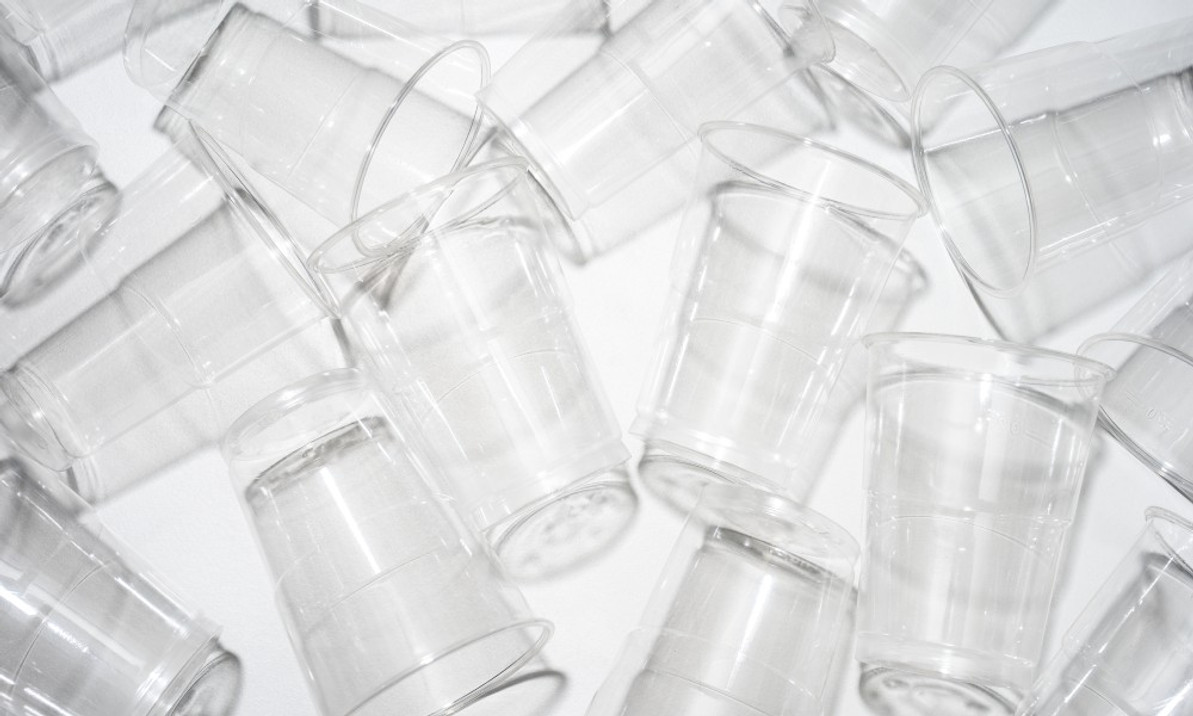What You Should Know: The Differences Between PET & PP Cups
Choosing the right type of disposable cups for your business or personal use can be pivotal, especially when considering factors like durability, sustainability, and cost-effectiveness. Polyethylene terephthalate (PET) and polypropylene (PP) are two popular materials, each with unique benefits and drawbacks. Here’s what you should know about the differences between PET and PP cups.
Material Structure and Durability
PET is known for its strength and clarity, which makes it an excellent choice for cups designed to hold beautifully crafted cold beverages. It’s highly resistant to impact, meaning it doesn’t crack easily, making it ideal for settings where a sturdy, dependable cup is necessary. Conversely, PP cups are strong but more flexible than PET. This flexibility can be an advantage in environments where cups are subject to frequent handling and use, as they are less likely to fracture under pressure.
Environmental Impact and Recyclability
Both PET and PP are recyclable, which is essential for businesses and consumers aiming to reduce their environmental footprint. However, PET is often more readily recycled through standard community recycling programs, leading to a lower overall environmental impact. PP, while also recyclable, can be less commonly accepted by curbside programs, requiring consumers to seek out appropriate recycling facilities, which can sometimes limit its environmental efficacy.
Cost Considerations
The cost of PET and PP cups can vary based on the volume purchased and the supplier. Generally, PET cups can be more expensive due to their clarity and durability, especially when used for specialty beverages that require a visually appealing presentation. PP cups, being slightly less expensive, offer a cost-effective solution for businesses needing a large quantity of resilient cups for an array of beverages.
Purchasing Options: Wholesale PET Cups
For businesses looking to purchase in bulk, opting for PET cups wholesale can be economically advantageous. Wholesale purchasing allows for a significant reduction in cost per unit, and given PET’s popularity due to its durability and clarity, it ensures that businesses do not sacrifice quality for price. Wholesale suppliers often offer a variety of options in terms of cup sizes and styles to meet diverse needs and preferences.
Now that you know the differences between PET and PP cups, you can better choose the right type for your needs, balancing factors like durability, environmental impact, and cost.
Recent Posts
-
Pros and Cons of Disposable vs. Reusable Plates
Choosing between disposable and reusable plates affects your budget, environmental impact, and daily …Oct 30th 2025 -
Dos and Don’ts When Sourcing Catering Boxes
Catering boxes play a critical role in your food service business. They protect your carefully prepa …Oct 30th 2025 -
The Ultimate Guide to Aluminum Foil Food Packaging
When your restaurant needs to select containers for take-out items or catering events, it has many o …Oct 7th 2025




